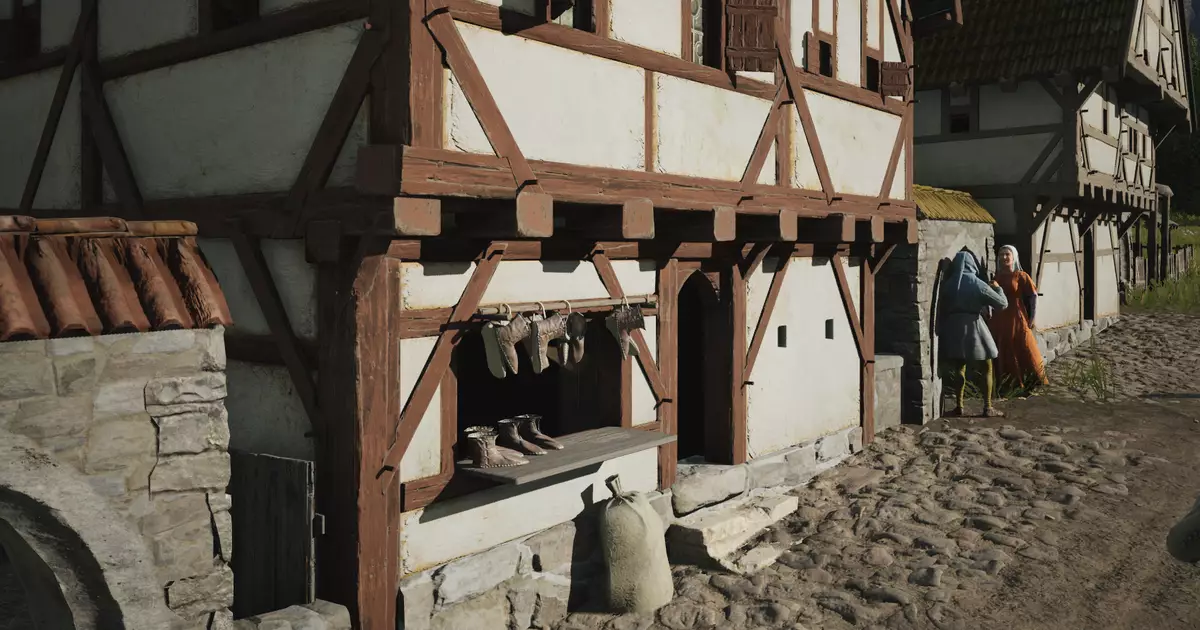Manor Lords stands at a pivotal crossroads in its development journey. Unlike many early access titles that indulge in frequent, incremental updates, the creators at Slavic Magic have chosen a different trajectory: a comprehensive reimagining of core systems. While this approach might frustrate players eager for quick fixes and new content, it signifies a commitment to quality and depth in the long run. The developers recognize that the intricate tapestry of city-building mechanics—especially those set in a historically rich context like late 14th-century Franconia—demands substantial overhauls rather than mere patches. This decision, difficult as it may be for impatient fans, underscores a dedication to crafting a more cohesive, immersive experience that faithfully captures the complexities of medieval urban life.
Redefining Systems for a Richer Engagement
What makes this rework particularly intriguing is the ambitious scope. Instead of superficial additions, Slavic Magic is overhauling building interactions, production chains, and environmental dynamics from the ground up. This kind of undertaking is rare in the early access ecosystem, often marred by half-finished features. The developers aim to deliver a system where environmental context and building placement profoundly influence gameplay, adding a layer of strategic depth that goes beyond superficial aesthetics. The new relational system between structures and their surroundings promises a more organic development process—far removed from the rigid, grid-based city planning of many competitors. This move signifies a shift towards realism and player agency, encouraging creative problem-solving rooted deeply in medieval realities.
Environmental Affinities: A Game-Changer for Strategy
One of the most compelling innovations in this update is the environmental affinity system. Previously, city builders often relied on abstract effects or radius-based bonuses, but Manor Lords is taking a different route. The game will now map buildings to specific landscape types—Meadow, Woodland, Farmland, Rural, and Urban—each offering unique advantages and strategic considerations. This design decision is intellectually bold, aligning gameplay mechanics with the historical landscape, where location and environment would dictate resource availability and development potential.
For instance, apiaries thriving in woodland areas and benefiting from pollination synergy with orchards set in meadows reflect a more realistic, ecological approach. Players will need to think carefully about placement and partnership between structures, turning city management into a nuanced dance of environment optimization. Coupled with buffs like urban boosts from densely populated neighborhoods or increased productivity through environmental matching, this system elevates the game’s strategic complexity.
Creating a World That Breathes and Evolves
The geographic and visual aspect of Manor Lords is also receiving substantial upgrades. The upcoming “Divided” map, featuring a mountain range bisecting the landscape, promises diverse terrain that tests players’ adaptability and planning skills. Such geographic variety introduces new layers of complexity, making each new game a distinct experience. The visual updates—reworked shop fronts, artisan stations, and transparent fortifications—further enhance immersion, giving players tangible symbols of progress and craftsmanship. These aesthetic improvements are not mere decorations but integral to the atmosphere of a bustling, medieval city.
Strategic Depth Meets Aesthetic Excellence
Once the full rework reaches completion, Manor Lords will transition to more frequent, incremental updates. This shift anticipates a more dynamic development process, where players can expect continuous improvements without sacrificing stability. The incorporation of new building types, fortifications, and development perks signifies a dedication to marrying strategic depth with visual authenticity. The addition of new development perks and reworked building cards ensures that each decision feels significant, mirroring the weighty choices faced by medieval city governors.
While some players might question the postponement of immediate content, the long-term vision for Manor Lords is unmistakably ambitious. It aims to be a game that challenges players to master complex systems, strategize within a realistic medieval setting, and ultimately craft cities that feel alive—despite the muck and chaos of feudal life. This approach may slow down the release pace, but it promises a richer, more compelling experience that could set a new standard for historical city builders.

